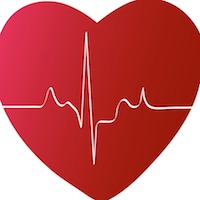Blood Pressure: Are You Aware of the New Guidelines?
February 20th, 2018 The American Heart Association and the American College of Cardiology recently redefined their joint definitions for high blood pressure. According to guidelines released in November 2017, individuals with readings of 130 (systolic) over 80 (diastolic) are now considered to have high blood pressure, versus the prior 140/90 guidelines.
The American Heart Association and the American College of Cardiology recently redefined their joint definitions for high blood pressure. According to guidelines released in November 2017, individuals with readings of 130 (systolic) over 80 (diastolic) are now considered to have high blood pressure, versus the prior 140/90 guidelines.
When blood pressure is not addressed, patients are at an increased risk of stroke, kidney failure, heart attack and even vision loss. Experts claim that a healthier lifestyle can often lower blood pressure. Tips to lower pressure include regular exercise, losing weight, as well as reducing sodium intake.
Blood Pressure Monitoring at Our Practice
At the Pennsylvania Center for Dental Implants and Periodontics patient blood pressure is routinely taken—and “taken” very seriously. It’s just one part of our comprehensive, patient-centered process. While our clinical focus may be on the mouth, we also want to get a sense of what may be going on with the patient’s overall health.
A high blood pressure reading, along with signs of inflammation in the mouth, may even point to heart disease. Should this occur, we’d be sure to recommend a visit to a GP or cardiologist. If the pressure is very high, we may opt not to proceed with certain procedures until our patient is examined by their other doctor.
You can read more about the new guidelines at the American College of Cardiology’s website.
